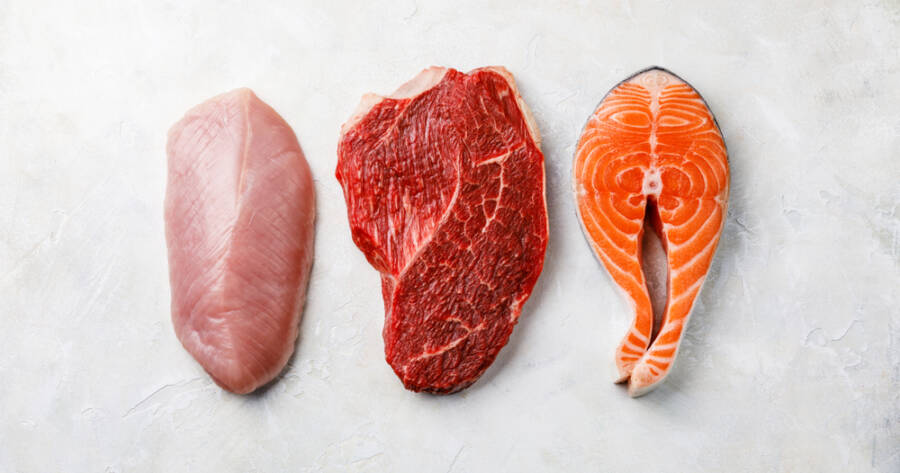For many home cooks, rinsing raw meat before cooking may seem like a smart and sanitary step, meant to remove bacteria, blood, or any lingering sliminess. However, this common practice can actually do more harm than good. While the intention is rooted in cleanliness, washing meat, particularly poultry, can significantly increase the risk of cross-contamination and foodborne illnesses, turning a well-meaning habit into a potentially hazardous mistake in the kitchen.
The Myth of “Cleaning” Meat
The belief that rinsing meat makes it safer or more hygienic is widespread and often passed down through generations. People frequently rinse raw chicken, beef, pork, or fish under cold water before cooking, assuming it removes bacteria, blood, or packaging residue. But scientific research and food safety guidelines tell a different story.
According to the U.S. Department of Agriculture (USDA) and the Centers for Disease Control and Prevention (CDC), washing raw meat is unnecessary and counterproductive. Any harmful bacteria present on the surface of meat such as Salmonella, E. coli, or Campylobacter, will be effectively destroyed during the cooking process, provided the meat is cooked to the appropriate internal temperature.
The Real Danger: Cross-Contamination
The primary health risk of washing raw meat comes from cross-contamination. When you rinse meat under a faucet, the bacteria on its surface can spread through water droplets onto nearby kitchen surfaces—such as countertops, utensils, dish racks, and even other food items. These invisible splashes can travel up to three feet from the sink, creating a hazardous zone for germs to thrive.
Even if you wash the sink afterward, it’s easy to miss small areas where bacteria might linger. Touching contaminated surfaces or placing ready-to-eat food nearby increases the chance of transferring pathogens, which can lead to serious foodborne illnesses. The risk is especially high for vulnerable populations such as young children, the elderly, pregnant women, and individuals with compromised immune systems.
Cooking Kills Harmful Bacteria
The safest and most effective way to eliminate bacteria from raw meat is through proper cooking—not rinsing. Use a food thermometer to ensure your meat reaches the USDA-recommended internal temperatures:
- Poultry: 165°F (73.9°C)
- Ground meats: 160°F (71.1°C)
- Beef, pork, lamb (steaks, chops, roasts): 145°F (62.8°C), followed by a 3-minute rest
These temperatures are sufficient to kill bacteria and make the meat safe to eat, eliminating the need for any pre-cooking washing rituals.
Proper Food Handling Practices
Instead of rinsing meat, focus on safe food handling habits that genuinely reduce health risks:
- Clean: Wash your hands thoroughly before and after handling raw meat. Also clean surfaces, cutting boards, and utensils with hot, soapy water.
- Separate: Use separate cutting boards for raw meat and other foods to prevent cross-contamination.
- Cook: Always cook meat to the recommended temperatures and use a food thermometer to check.
- Chill: Refrigerate or freeze meat promptly, and avoid leaving it at room temperature for extended periods.
Cultural Practices and Education
It’s important to recognize that washing meat is a deeply ingrained habit in some cultures and households. For many, it’s part of a traditional preparation process. Rather than shaming these practices, food safety experts advocate for public education campaigns that explain the science behind the risks and encourage safer alternatives.
Videos, workshops, and community outreach efforts can help bridge the gap between tradition and food safety by demonstrating how proper cooking, not washing, ensures cleanliness and health.
Trust Heat, Not Water, for Safe Meat Preparation
Washing meat before cooking might seem like a harmless or even responsible step, but it can actually increase your risk of foodborne illness through cross-contamination. With proper cooking and safe kitchen practices, there’s no need to rinse meat at all. Trust the science: heat is your best defense against bacteria—not water. By adopting safer food handling habits, you can protect yourself and your family while preparing delicious, healthy meals.

